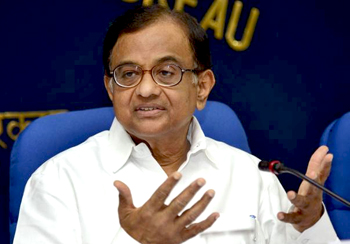 New Delhi, Sep 25: Ahead of elections, the government on Wednesday announced constitution of the Seventh Pay Commission, which will go into the salaries, allowances and pensions of about 80 lakh of its employees and pensioners.
New Delhi, Sep 25: Ahead of elections, the government on Wednesday announced constitution of the Seventh Pay Commission, which will go into the salaries, allowances and pensions of about 80 lakh of its employees and pensioners.
"Prime Minister Manmohan Singh approved the constitution of the 7th Pay Commission. Its recommendations are likely to be implemented with effect from January 1, 2016", finance minister P Chidambaram said in a statement.
The setting up of the Commission, whose recommendations will benefit about 50 lakh central government employees, including those in defence and railways, and about 30 lakh pensioners, comes ahead of the assembly elections in 5 states in November and the general elections next year.
The government constitutes Pay Commission almost every ten years to revise the pay scales of its employees and often these are adopted by states after some modification.
As the Commission takes about two years to prepare its recommendations, the award of the seventh pay panel is likely to be implemented from January 1, 2016, Chidambaram said.
The Sixth Pay Commission was implemented from January 1, 2006, fifth from January 1, 1996 and fourth from January 1, 1986.
The names of the chairperson and members of the 7th Pay Commission and its terms of reference will be finalized shortly after consultation with major stakeholders, Chidambaram said.





Comments
Add new comment